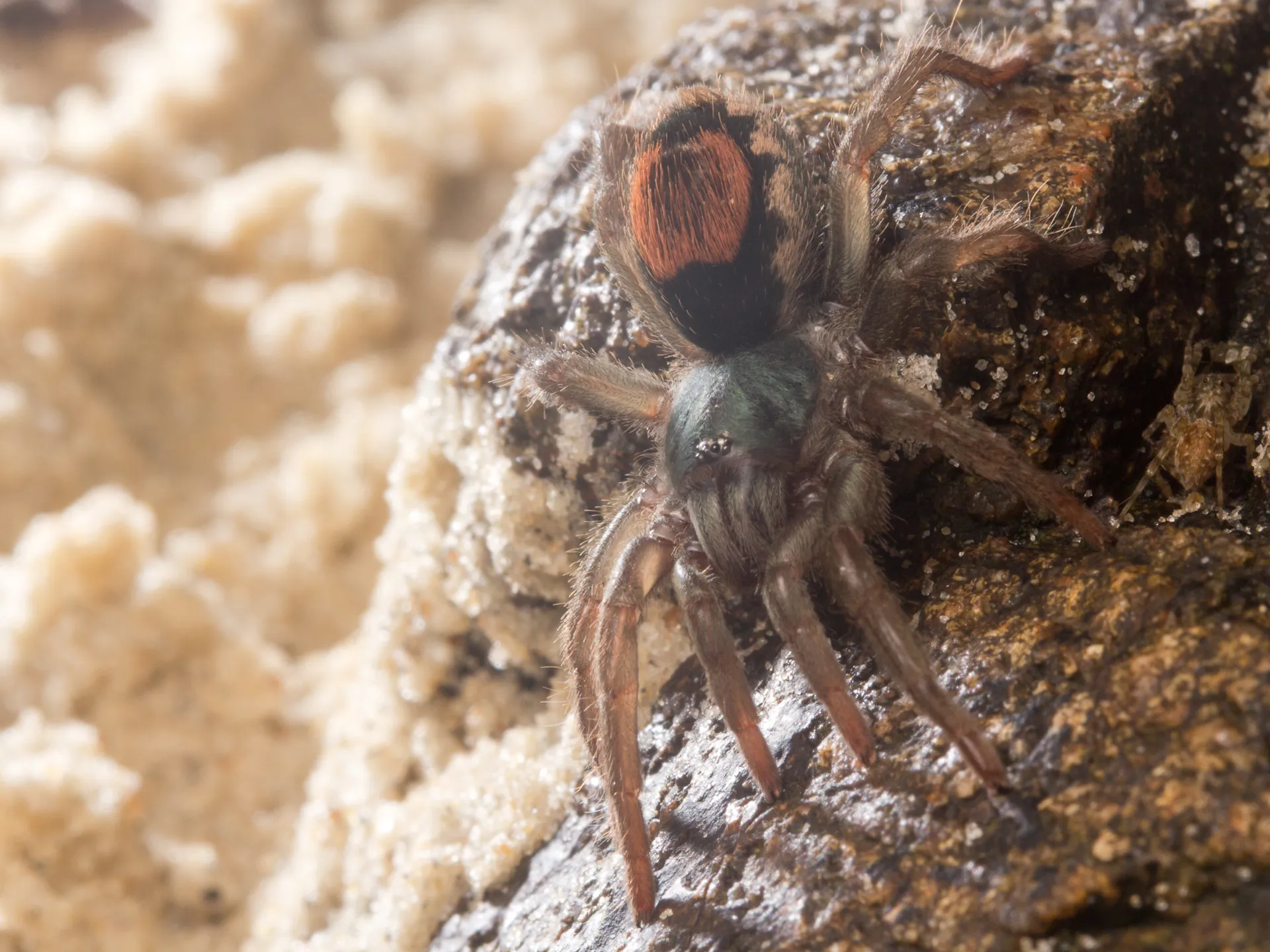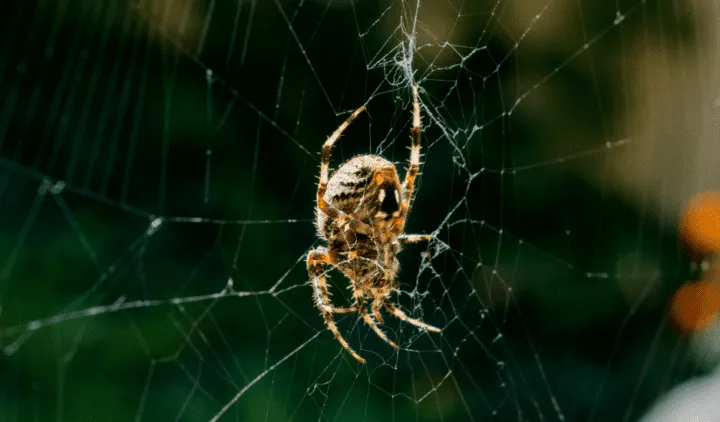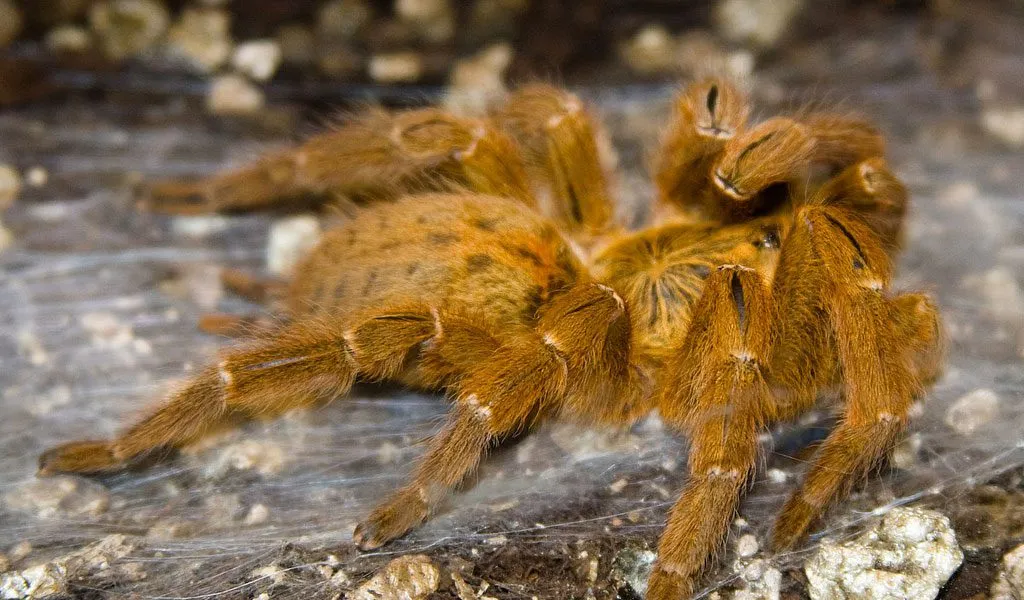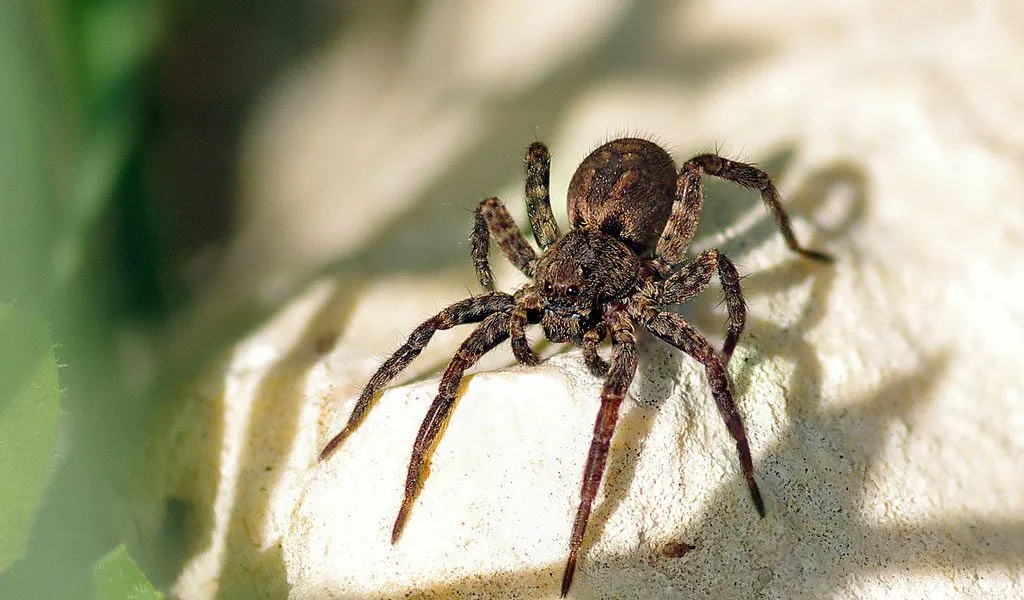Tarantula Spiders Top 7 Facts
Tarantulas, those large, hairy spiders that often capture our fascination and sometimes our fear, are truly remarkable creatures. From their impressive size and diverse appearances to their intriguing behaviors and vital roles in their ecosystems, tarantulas offer a wealth of information. This article delves into the captivating world of tarantula spiders, revealing seven of the most interesting facts about them. Prepare to be amazed by the unique characteristics, lifestyles, and ecological significance of these incredible arachnids. Get ready to explore the fascinating world of tarantulas.
What are Tarantula Spiders
Tarantulas are a group of large and often hairy spiders belonging to the Theraphosidae family. They are found in various habitats around the world, primarily in tropical and subtropical regions. Unlike many other spider species, tarantulas are known for their relatively large size and long lifespans. They are generally nocturnal hunters, feeding on insects, other arthropods, and sometimes even small vertebrates. With over 900 species, tarantulas exhibit a wide range of colors, sizes, and behaviors, making them a diverse and captivating group of arachnids. The term tarantula is often used broadly to refer to any spider of this family, representing a fascinating subject for study and observation.
Appearance and Characteristics

Tarantulas are easily recognizable due to their size and appearance. They typically have a body length ranging from 1 to 4 inches, with leg spans that can reach up to 12 inches or more in some species. Their bodies are covered in a dense coat of hairs, which can vary in color depending on the species and habitat. These hairs serve multiple purposes, including sensory functions, defense mechanisms, and thermoregulation. Tarantulas possess eight legs, two pedipalps (used for sensing and manipulating food), and two chelicerae (fangs) used for injecting venom. Their physical characteristics are well-adapted for hunting, burrowing, and survival in their respective environments, showcasing the remarkable diversity of the Theraphosidae family.
Size and Lifespan
One of the most striking features of tarantulas is their size. As previously mentioned, they can have impressive leg spans, making them some of the largest spiders in the world. The size varies greatly between species, with some being quite small, while others are truly giants. Their lifespans are also notable; females can live for many years, often exceeding 20 years in captivity, while males tend to have shorter lifespans, typically living only a few years after reaching maturity. The extended lifespan of female tarantulas allows them to reproduce multiple times, contributing to the long-term survival of their species. The combination of size and longevity makes tarantulas unique among arachnids.
Habitat and Distribution
Tarantulas are found in a variety of habitats across the globe, predominantly in warm, tropical, and subtropical regions. Their distribution spans continents, including North and South America, Africa, Asia, and Australia. They are adaptable creatures, inhabiting diverse environments such as grasslands, deserts, rainforests, and even urban areas. The specific habitat preferences vary by species; some tarantulas are terrestrial, living in burrows they dig themselves, while others are arboreal, residing in trees or shrubs. Understanding their habitat is crucial for their conservation, as habitat loss and degradation pose significant threats to tarantula populations in many regions. The geographical distribution of tarantulas underscores their adaptability and resilience, though they remain vulnerable to environmental changes.
Where Do Tarantulas Live

Tarantulas exhibit diverse living arrangements depending on the species. Terrestrial tarantulas construct burrows in the ground, often lined with silk to provide stability and protection. These burrows can be quite elaborate, with multiple chambers and entrances. Arboreal tarantulas, on the other hand, live in trees, using silk to create nests and shelters among leaves and branches. Some tarantulas also occupy rock crevices or other natural shelters. Their choice of habitat is influenced by factors such as climate, prey availability, and the need for protection from predators. The ability of tarantulas to thrive in a range of environments is a testament to their adaptability, highlighting their ecological success.
7 Amazing Tarantula Spider Facts
Tarantulas are full of surprises. Here are some of the most astonishing facts about them:
- They can flick tiny, irritating hairs (urticating hairs) at predators as a defense mechanism.
- Some species can live for over 20 years, making them one of the longest-lived invertebrates.
- They can regrow lost limbs, a process called autotomy.
- Their venom is generally not lethal to humans, though it can cause localized pain and discomfort.
- Tarantulas are nocturnal hunters, relying on their sensitive hairs to detect vibrations.
- They molt, shedding their exoskeleton to grow, and during this time, they are particularly vulnerable.
- Some species exhibit vibrant colors, serving as camouflage or warning signals.
Venom and Danger
Tarantulas possess venom, which they use to subdue their prey. The venom is delivered through their fangs, which inject it into the prey to paralyze them. While tarantula venom is not typically lethal to humans, it can cause symptoms such as localized pain, swelling, and muscle cramps. The severity of the reaction varies depending on the species of tarantula, the amount of venom injected, and the individual’s sensitivity. Tarantulas are generally not aggressive and will only bite if they feel threatened. They prefer to escape or use their urticating hairs as a primary defense. Despite their intimidating appearance, tarantulas pose a relatively low risk to humans compared to other venomous animals.
Do Tarantulas Pose a Threat to Humans

In most cases, tarantulas do not pose a significant threat to humans. Their bites, while potentially painful, are rarely life-threatening. The venom is primarily designed to immobilize small prey, and its effects on humans are usually mild. Allergic reactions can occur, and medical attention should be sought if symptoms worsen. More often, the danger comes from the tarantula’s defense mechanisms, like urticating hairs. These hairs can cause significant irritation if they come into contact with skin or eyes. It’s important to handle tarantulas with care and avoid provoking them to minimize the risk of a bite or exposure to urticating hairs. Understanding the risks associated with tarantulas can help people appreciate these creatures without unnecessary fear.
Diet and Feeding Habits
Tarantulas are primarily carnivorous predators, with their diet consisting mainly of insects, other arthropods, and occasionally small vertebrates. They are opportunistic hunters, ambushing their prey rather than actively pursuing it. Their hunting strategy involves waiting patiently in their burrows or hiding spots until unsuspecting prey comes within striking distance. They then quickly seize the prey with their fangs and inject venom to paralyze and kill it. The diet of tarantulas varies depending on their size and habitat. Larger species may prey on small lizards, birds, or rodents. Their efficient hunting skills and diverse diet play a crucial role in regulating insect populations in their ecosystems.
What Do Tarantulas Eat
The diet of tarantulas is diverse and adapts to the availability of food in their environment. Common prey items include insects like crickets, beetles, and cockroaches, which they catch with impressive speed and agility. Larger tarantulas may also consume small vertebrates like mice, lizards, and even small birds. They use their chelicerae to crush and tear apart their prey, injecting digestive enzymes to liquefy the food for easier consumption. Juvenile tarantulas eat smaller insects such as fruit flies, gradually increasing their prey size as they grow. Their feeding habits demonstrate the role of tarantulas as effective predators and their adaptability to different food sources.
Behavior and Temperament

Tarantulas exhibit a range of behaviors that contribute to their survival and success. They are typically solitary creatures, except during mating season. They are generally nocturnal, spending the day hidden in their burrows or shelters and emerging at night to hunt. Tarantulas use their sensitive hairs to detect vibrations in their environment, enabling them to locate prey and detect potential threats. They also communicate through various methods, including stridulation (rubbing body parts together) and releasing pheromones. Their behavior varies depending on the species and their environmental conditions, but their instincts for survival and reproduction are consistent.
How Do They Behave
The behavior of tarantulas encompasses a variety of activities essential for survival. They carefully construct or occupy burrows, providing protection from predators and harsh weather. During mating, males engage in elaborate courtship rituals, including drumming and displaying their legs to attract females. After mating, the female lays eggs in a silken sac, guarding them until they hatch. Tarantulas molt periodically throughout their lives, shedding their exoskeleton to allow for growth. During this vulnerable process, they hide and avoid interaction. They employ defensive behaviors such as kicking urticating hairs or biting when threatened. Understanding tarantula behavior is crucial for responsible pet ownership and effective conservation efforts.
Conservation Status and Threats
The conservation status of tarantulas varies across different species and regions. Some species are facing threats due to habitat loss, deforestation, and the illegal pet trade. Habitat destruction, driven by agriculture, urbanization, and climate change, reduces the available space for tarantulas to live and thrive. The demand for tarantulas as pets has led to over-collection in some areas, putting pressure on wild populations. Awareness of these threats is crucial for conservation efforts. Protecting their habitats and promoting responsible pet ownership are critical steps in ensuring that tarantulas continue to thrive in their natural environments.
Are They Endangered

While not all tarantula species are endangered, many are vulnerable or threatened. Habitat loss is a primary factor, as it disrupts their natural environments and reduces their food sources. Illegal collecting for the pet trade also poses a significant threat, especially for rare or visually appealing species. Some species have very restricted ranges, making them particularly susceptible to environmental changes. Organizations and researchers are working to monitor tarantula populations, implement conservation strategies, and educate the public about the importance of protecting these amazing creatures. Supporting responsible pet ownership, protecting their habitats, and promoting scientific research are crucial for the long-term survival of these spiders.
Conclusion
Tarantula spiders are fascinating creatures, showcasing a remarkable array of adaptations, behaviors, and ecological roles. From their impressive size and diverse appearances to their hunting strategies and survival mechanisms, tarantulas captivate our curiosity and remind us of the incredible biodiversity of our planet. Through understanding their habitats, behaviors, and the threats they face, we can appreciate these creatures and contribute to their conservation. As we continue to learn about these remarkable spiders, we deepen our respect for the natural world and the importance of protecting its inhabitants.
